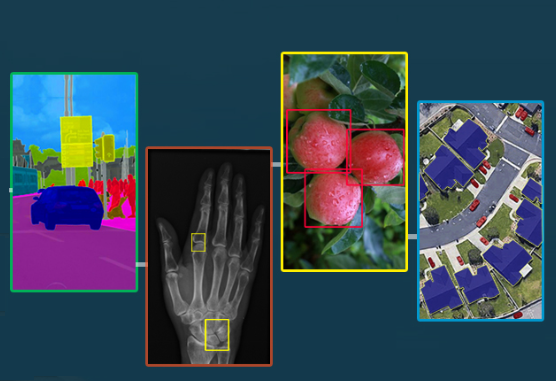Infosearch provides both data labelling services and image classification services for AI & ML. Data labeling and data classification are two essential concepts in the context of data processing, machine learning, and data management, but these two concepts work as two distinctive roles. We provide various outsourced data annotation services to us.
Here’s a comparison:
- Data Labeling
Definition: Data labeling, which is also known as data tagging or data preprocessing, is the process of affixing labels to data that describe some or all characteristics, features or classifications of the data. Labeled data in machine learning is employed in labeling models to enable algorithm training, to make predictions given these labels.
Purpose: To present it in tabular format, that is, to make use of tags that can be easily categorized for supervised learning. This comes in handy as it forms part of the labeled data that I mentioned earlier, and which I explained is a ground truth that allows for learning of patterns.
Example: Supervised learning; labeling in image recognition might entail endowing images of cats and dogs’ labels such as ‘cat’ or ‘dog’ in the case of text data, sentiments might be labeled as ‘positive’ or ‘negative.’
Process: It often takes the form of labour or is semi-automated, where human taggers or a set of algorithms tag raw data. There are ways and means to leverage tools to scale the labeling stage.
Usage in Machine Learning: Crucial for the process of supervised learning where models will learn from labeled data and extend their learning to other new data.
- Data Classification
Definition: Data classification may be defined as the process of arranging or sorting of data into different categories or sets. It normally operates through the process of categorizing a given data point into a class or a category, based on patterns or regulations that have been acquired.
Purpose: To group or categorize data or material on the basis of priority, sequence, type, subject, or any other systematic plan for the purpose of finding access, storage, or further utilization. In machine learning, classification models are used to predict the class of the new data which has not been learned before.
Example: In the context of the email systems in organizations, there is a spam filter that categorizes the received messages as spam or not spam In the context of organizations’ financial transactions, they can be categorized as fraudulent or non-fraudulent.
Process: This mostly involves achieving labeling on data and, after that, using the model to predict a class for other data. Another type of classification can be based on rules where certain parameters dictate the classification.
Usage in Machine Learning: Most utilized in supervised learning, more specifically in classification problems where the aim is mostly to forecast the class of a signal.
Key Differences:
Scope: Data labeling is a process used before training, while data classification is the task or goal of putting new data into a certain category.
Role in Machine Learning: Labeling is more focused on the construction of the dataset, whereas classifying is more focused on the use of a model when there is a new dataset that is to be classified.
Human Involvement: While it is possible to automate the labeling process, it needs input from human beings, while classification is given to the algorithm after it has been trained.
How They Work Together:
In the common ML workflow, data labeling is performed as the first step where raw data are tagged by labels. When the required labeled data is accumulated, a classification model can be trained on this data. The model then proceeds and predicts labels for unseen new data based on the previously learned pattern of classification.
Both are necessary, but in different ways that can be thought of as a ‘build-stage’ and a ‘run stage’.








Recent Comments